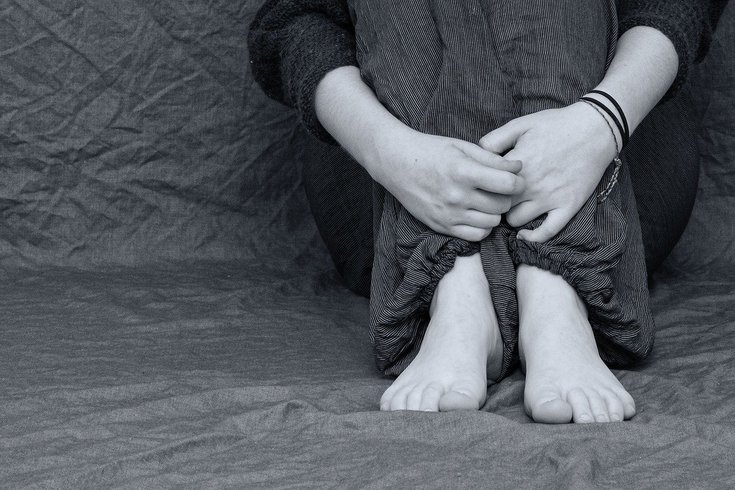
March 03, 2022
 Anemone123/Pixabay
Anemone123/Pixabay
The Trevor Project released a research brief in February, finding that LGBTQ youth who have been diagnosed with an eating disorder were nearly four times more likely to attempt suicide than those who hadn't been diagnosed.
LGBTQ youth experience higher rates of eating disorders and suicide attempts compared with their heterosexual and cisgender peers, research shows.
A new research brief published by The Trevor Project noted that much of the risk factors of both of these issues stem from "bullying and discrimination as well as internalized stigma based on their LGBTQ identity and the concealment of their LGBTQ identity."
Transgender and nonbinary people have an increased risk of developing an eating disorder. Experts say this is because of the increase in "body dissatisfaction" that can lead to unstable eating habits.
"With well-documented relationships between eating disorders and suicide, it is important to better understand eating disorders among a diverse sample of LGBTQ youth — who we know to be at a higher risk for suicide compared to their peers," Amy Green, vice president of research at The Trevor Project, told Healthline.
Reserach also has shown that gender-affirming health care — such as hormone therapy — can alleviate some of the stress of body dysphoria and other triggers that can lead to an increased suicide risk.
According to a national survey conducted by The Trevor Project, 9% of LGBTQ youth ages 13-24 reported being diagnosed with an eating disorder; another 29% said they suspected they had an eating disorder.
This is in comparison to the 4% of cisgender males and 8% of cisgender females who have been diagnosed with an eating disorders in that age range. An additional 20% of cisgender boys and 26% of cisgender girls suspect that they have an eating disorder.
Transgender and nonbinary males who were assigned female at birth (AFAB) had the highest rates of diagnosis and suspicion of an eating disorder, at 11% and 35%, respectively.
Native and indigenous youth reported the highest rates of diagnosis with an eating disorder at 12%, followed by multiracial people at 10%.
Black people had the lowest rate of diagnosis, at 4%, but had a significantly higher rate of suspicion comparable to white people, at 28%.
Among the most notable findings in the survey, LGBTQ youth who have been diagnosed with an eating disorder were nearly four times more likely to attempt suicide than those who hadn't been diagnosed.
NEDA applauds @TrevorProject for their latest research, published to coincide with #NEDAwareness Week 2022. This report highlights new data examining LGBTQ+ young people’s experiences with #eatingdisorders. 📈
— NEDA (@NEDAstaff) February 23, 2022
Read more: https://t.co/U1rMmbUWKN #SeeTheChange
The National Eating Disorders Association has found that while cisgender lesbians experience less body dissatisfaction overall, beginning as early as age 12, LGBTQ teens may be at a higher risk of binging and purging compared to their heterosexual peers.
"Minority stress has been shown to have a significant relationship with both (eating disorders and suicide)," Green said. "The Minority Stress Model suggests that experiences of LGBTQ-based victimization ... can compound and result in higher risk of mental health challenges."
This research is in alignment with previous findings from The Trevor Project and other researchers on LGBTQ adults, who also have a higher risk of developing eating disorders than heterosexual cisgender adults.
The research brief was based on The Trevor Project's annual National Survey of Youth Mental Health, which recorded data from 35,000 people ages 13-24 throughout the United States.
The larger findings were published in December, finding that 42% of LGBTQ youth reported a suicide attempt in 2021. Half of them were transgender or nonbinary individuals.
As part of its findings, The Trevor Project suggested that health care experts and providers learn cultural competencies surrounding the LGBTQ youth experience and its intersections with race and ethnicity – particularly given the higher risk of other mental health challenges like depression.